CASE STUDY
ERP system for a technology company
Explore how a single platform let this tech company improve efficiency in HR, sales, accounting, and production.
Tech stack/tools we used: Java 17, Spring Boot, Kotlin, JS (React), Camunda, MySQL 8, DynamoDB, Qldb, Hibernate, AWS
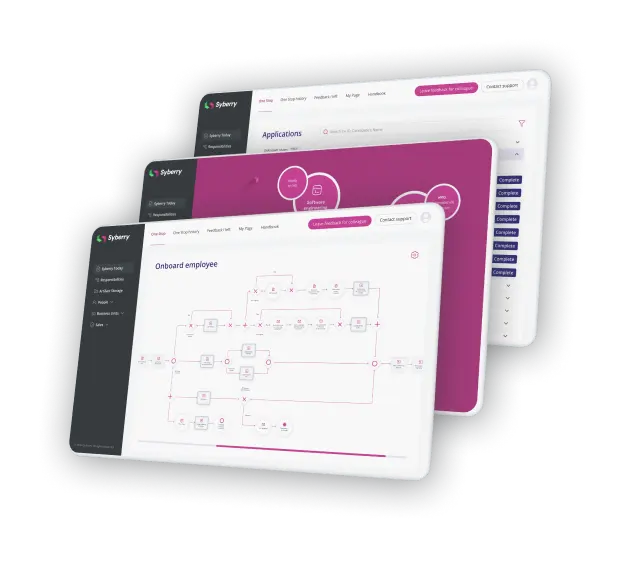
Client
Growing tech company
In 2019, Syberry was rapidly expanding in terms of both projects and team size. At the same time, we continued to rely on a mix of third-party software such as Salesforce, Microsoft Excel, and Evernote to manage and organize our workflows.

Problem
Third-party tools create organizational chaos
Even though we documented and shared teams' best practices across the organization, knowledge was lost in between various third-party tools and inefficiencies. For instance, every project manager developed their own client report templates, often doing the work someone else had already completed.
These small inefficiencies piled up and drained our resources. It was increasingly more challenging to grow as a business.

Solution
DaVinci platform streamlines business operations
We approached the issue of restricted business growth from an engineering perspective and created DaVinci, an ERP system designed to automate and scale our business processes.
DaVinci helps each team manage their work. It also lets us change processes on a scale and monitor if the new automated process is being followed. For instance, recruiters use DaVinci to manage hundreds of candidate applications simultaneously without overlooking any communication. When a new employment law appears, it is included in the hiring process, and recruiters can instantly follow it.
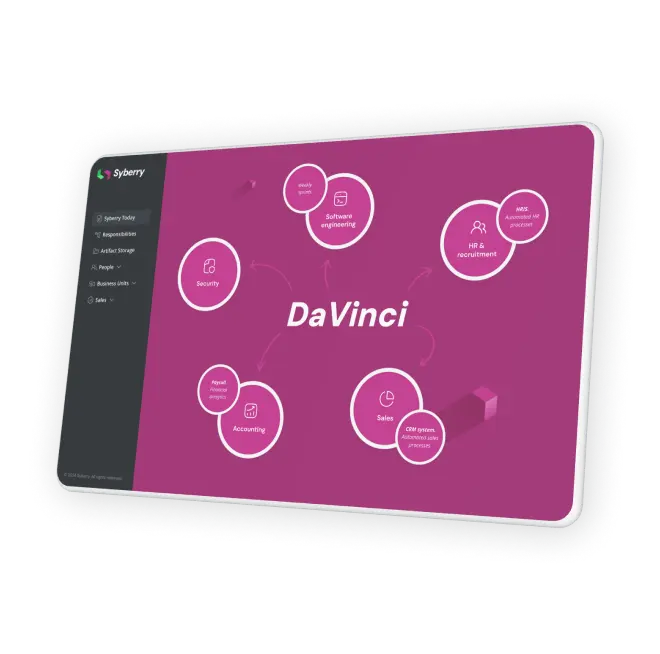
- 15%
of all human tasks are automated
- x7
times faster infrastructure deployment since 2019
- 50%
cost reduction of cloud infrastructure
- 1-week
timeline from project start date to the first features' demo
Challenge #1
Standardizing custom software engineering
Given the custom nature of our work, standardizing some workflows has been tricky. For example, while daily feature releases fit most of our clients' projects, they did not help projects that deal with older infrastructure and require regression testing.
Challenge #2
Mixing manual and automated processes
When automating business processes, we found out that some routinely undergo such rapid changes that manual intervention proved more effective than automation.
In other cases, we needed to optimize a process significantly before automating it. Frequently, though, it was straightforward to streamline operations, conserve human resources, mitigate errors, and enhance efficiency through automation.
Succeed faster with Syberry
If you submit a request today, your MVP will be ready
as early as February 18, 2026
key-features
Project dashboard
The project dashboard offers an at-a-glance view of the status and timeline for each prospective project at Syberry. Both sales managers and the software engineering team leverage this dashboard to speed up work on clients' projects.
Customer relationship management system (CRM)
Our custom CRM system helps Syberry's sales managers engage effectively with potential clients. The app lets sales personnel manage their communication with leads, assess lead relevance, update statuses, and generate presale requests.
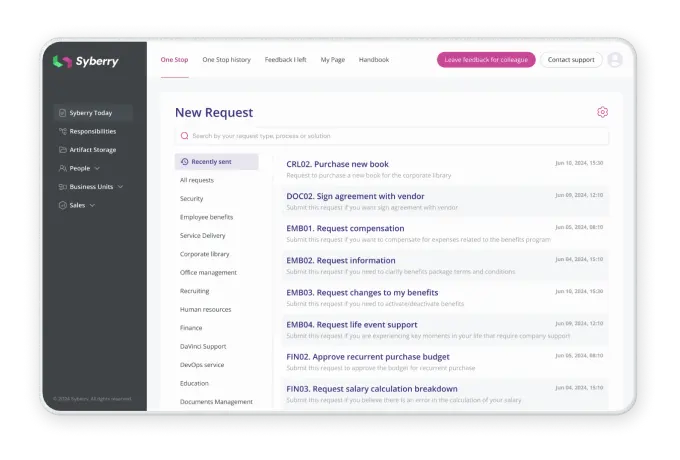
Human resource information system (HRIS)
Our in-house human resources information system (HRIS) consists of a web application and a suite of automated functionalities to enhance the efficiency of all Syberry's HR operations. For instance, our resource management module enables resource managers to efficiently oversee large pools of employees simultaneously.
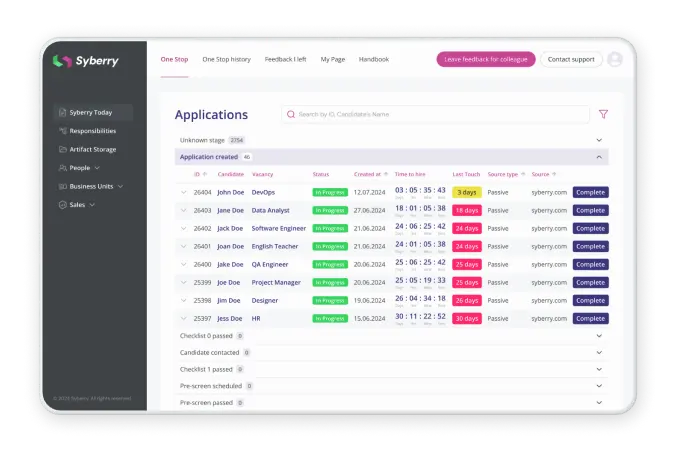
Management accounting analytics
Our custom management accounting system provides C-level management with the financial transparency needed for critical decisions, without bogging them down in irrelevant details like daily currency exchange rates or bank commissions.
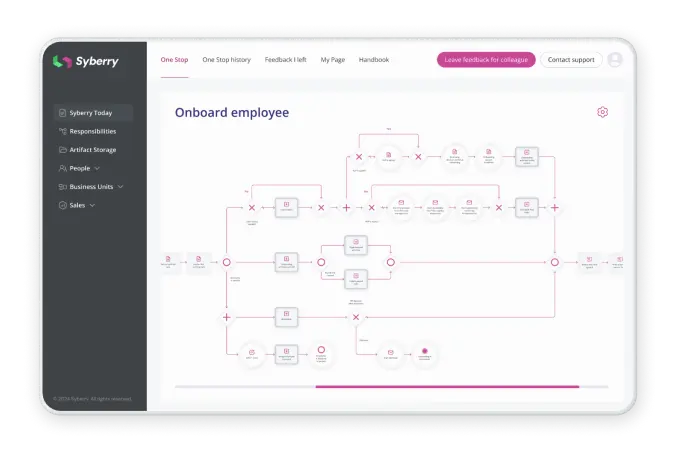
YOU MIGHT ALSO BE INTERESTED IN...
 ERP solution for a dental clinic
ERP solution for a dental clinicERP, Technology
ERP solution for a dental clinic
A dental clinic reached out to Syberry to build business process automation (BPA) software that would help the business grow, reduce expenses, and attract new clients. The software product automated all client-oriented business processes, from patient registration to payment, which resulted in a 34% reduction of manual work and a 48% reduction of human errors. The application aligns with HIPAA standards by incorporating a multi-tenant approach, ensuring robust data protection.
 Sales management software for a mobile device reseller
Sales management software for a mobile device resellerTechnology
Sales management software for a mobile device reseller
Custom software let this client adapt to the changing market conditions and focus on business growth.
 ERP solution for an electrical products supplier
ERP solution for an electrical products supplierERP
ERP solution for an electrical products supplier
Rewriting this client's legacy ERP system allowed the company to stay the market leader.
 ERP system for a plumbing business
ERP system for a plumbing businessConstruction, ERP
ERP system for a plumbing business
Discover how a custom ERP solution made this company stand out from competitors.
Industries we work in
Succeed faster with Syberry
If you submit a request today, your MVP will be ready
as early as February 18, 2026